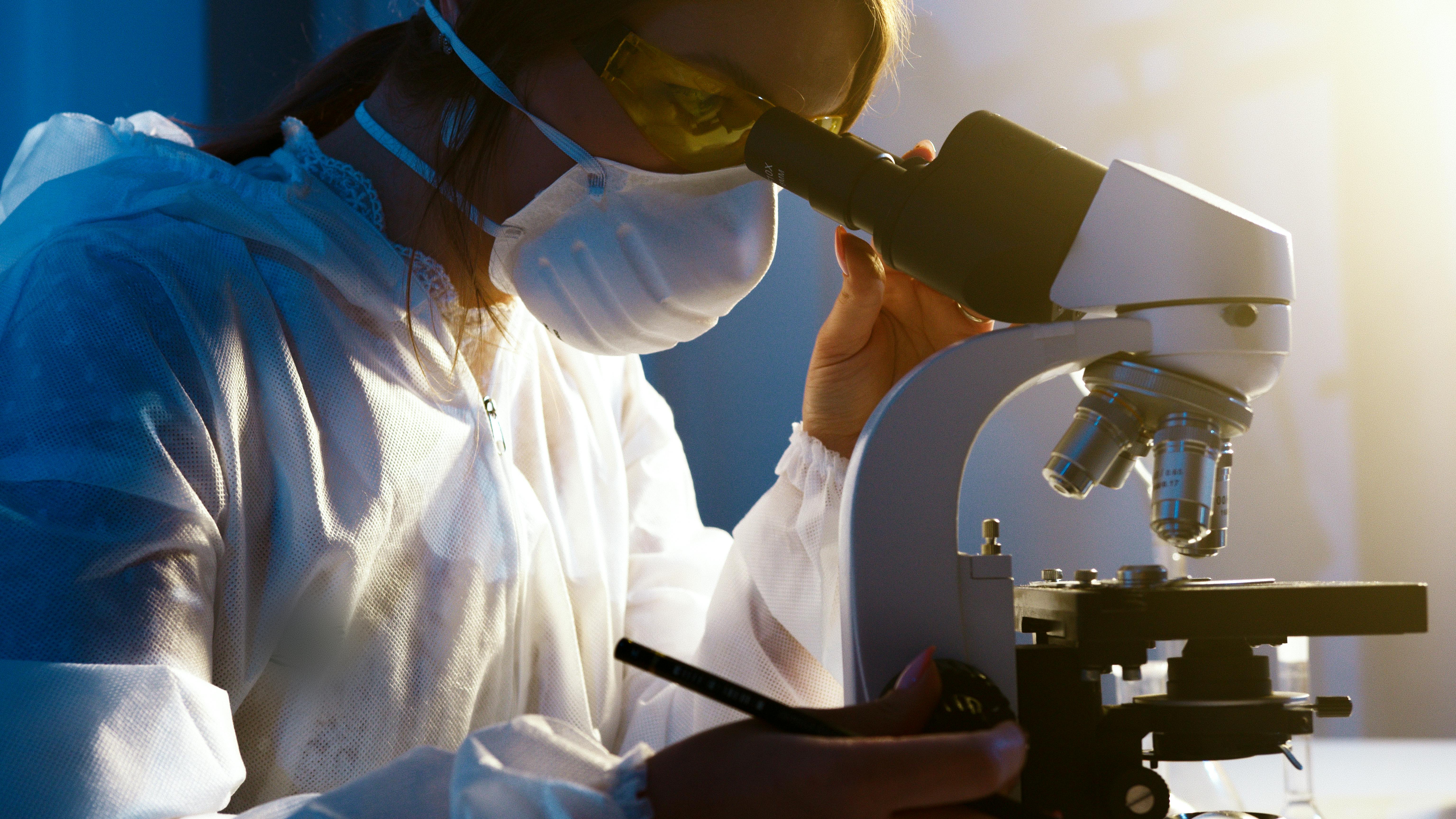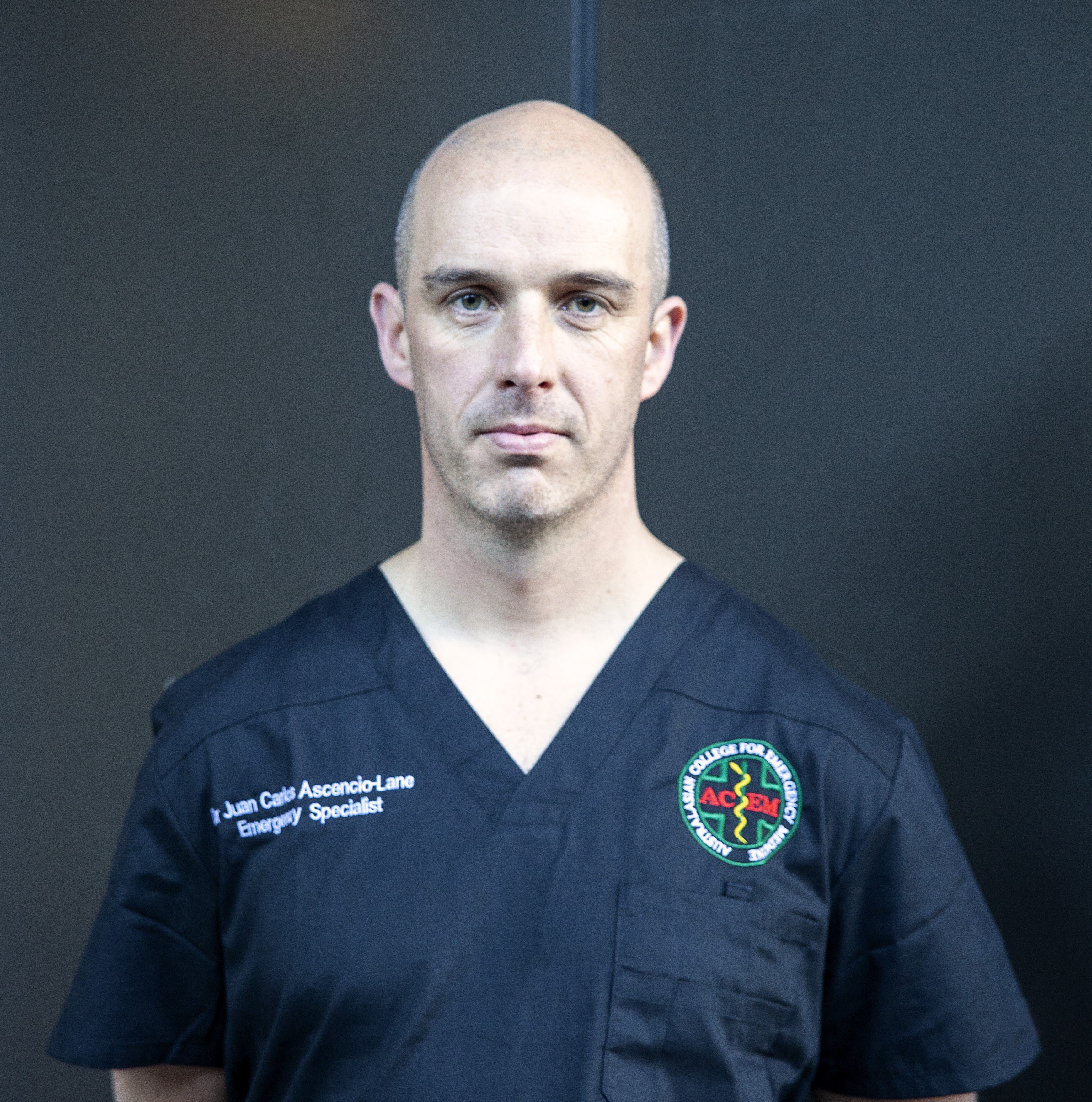Many of the changes Covid has brought about, from the way we do business, to where and how we work, travel, dine and live in Sydney, have presented some opportunities to rethink our behaviour and reshape our city – to make Sydney even greater.
The way we get around in and around our city is one area that has changed dramatically, including how, and when people use public transport, usage of private cars and a rise in active transport modes of cycling and walking. This latter is particularly critical for our changing city and was reflected in the recent NSW State Budget where almost $710 million for walking and cycling infrastructure over the next four years was allocated.
Right now, space on our trains and buses provides a valuable way to ensure that public transport is a Covid-safe travel option, but this spare capacity is stimulating some out of the box thinking that could really change our city. One idea currently being explored comes from Sydney University’s Professor Michael Bell. As the Foundation Professor of Ports and Maritime Logistics in the Institute of Transport and Logistics, backed by decades of international transport experience, Professor Bell sees transportation in terms of the economic value of the movement of both people and goods.
In his latest research, he is exploring how we leverage any ‘spare’ capacity on our transportation network for the safe, secure, and efficient movement of parcels and packages. The concept of unaccompanied luggage on buses and trains may at first glance sound high risk, but with use of x-ray technology, CCTV and secure data tracking, this could become a safe and viable way of enhancing deliveries as well as reducing the volume of trucks and vans on our roads.
Rethinking movement in this way highlights the fact that at their core, cities are integrated systems, and we need to take advantage of the disruption caused by the Covid pandemic to rethink the system and each of its component parts to re-evaluate what is the highest and best use of our city. Professor Deborah Bunker, from the University of Sydney has extensively examined the network effect of cities and cites agility and flexibility of the city system as crucial to recovery. She highlights that even where there are fixed and rigid assets in the system such as infrastructure, it is through reimagining and repurposing these assets that creates, enables and instils flexibility. In this light, the office buildings, parks, roads, and retail assets in a central business district could adapt and the city assume a role as a place for recreation rather than merely work and commerce.
Covid has also accelerated the adoption and development of digital technologies, becoming ubiquitous into many facets of our lives, from virtual conferencing and meetings, to transport and health apps that help keep us safe. The digital city however is not an end in itself, but rather technology and innovation must be developed and deployed to deliver greater value, purpose or outcome. The advent of the Digital Twin, exemplifies this approach and is being employed by the NSW Government agency, NSW Spatial Services, to enhance and speed up the design and planning processes.
Through data aggregation and analysis, a digital model of the inter-relationships, intricacies and complexities of the city system can be seen, modelled, and measured. Applying this to the planning of public spaces, residential and commercial developments, and transport connectivity in 4D (incorporating the extra dimension of time) enables an accurate and meaningful assessment of impact and outcome on people and place, provide critical insights on the city’s flexibility, enhance community engagement and bring greater clarity and confidence in the trade-offs in decision making.
Learn more about the digital twin below. The collection, management of use of the data that underpins the Digital Twin brings with it a careful consideration of the critical issues of privacy, protection, and cyber security.
Whether it is the movement of goods or people, use of place and space, or the uptake of digital and data, now is the time to be agile, to put flexibility into the system and reshape Sydney to be even greater.
Sydney Business Chamber held an online forum with Professor Deborah Bunker, University of Sydney, Professor Michael Bell, Chair of Ports and Maritime Logistics, University of Sydney and Narelle Underwood, NSW Surveyor General & Director Survey Operations, NSW Spatial Services, on 11 November 2020.







